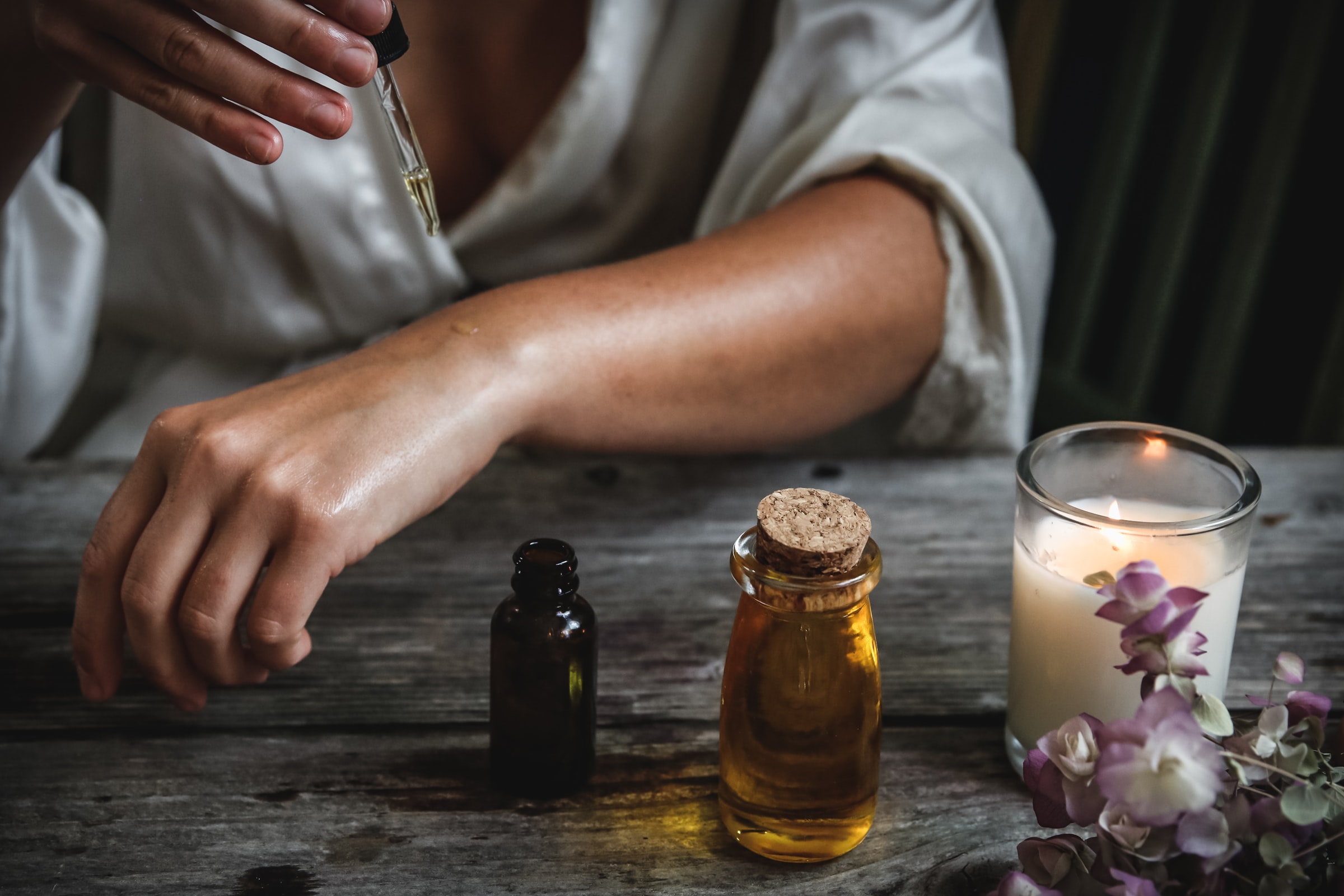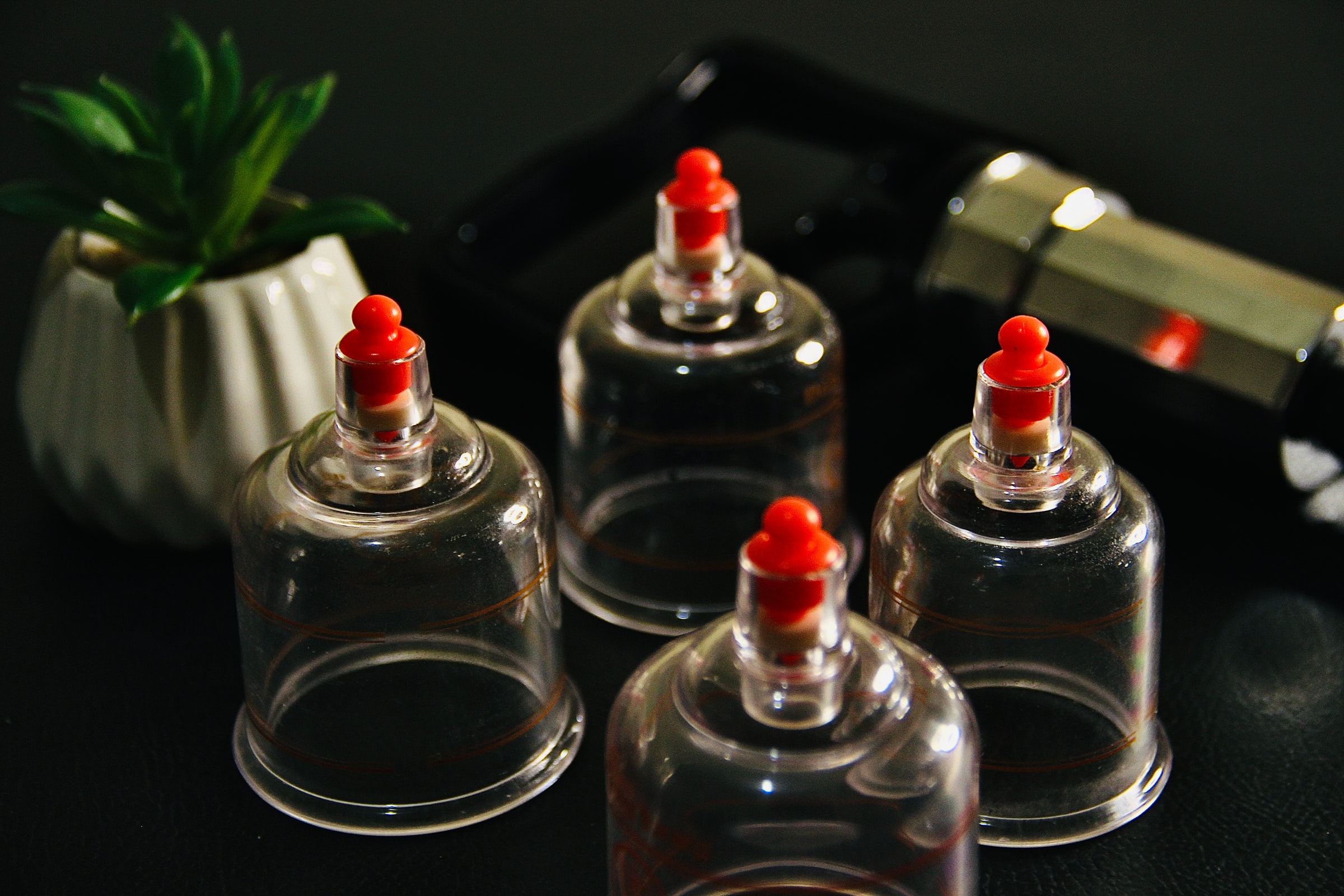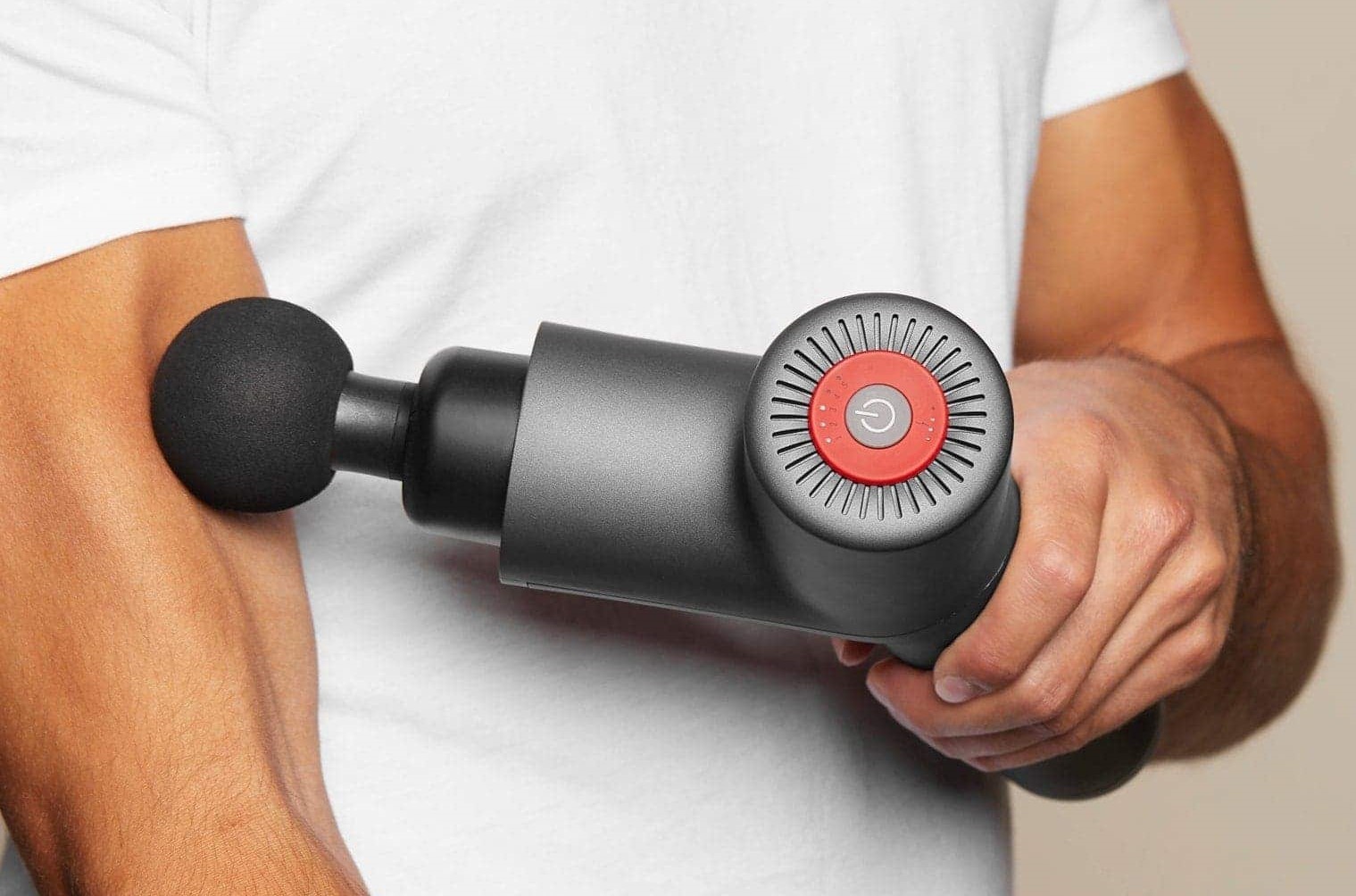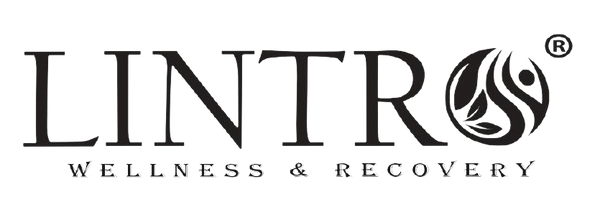Different parts of the world practice massage therapy in their own unique ways. Various cultures throughout history have developed their own practices, techniques and methods of massages, we can all enjoy today. Each massage technique offers unique benefits.
Ever wondered how does massage therapy actually works? Which massage do I choose from? Can massages be beneficial for me? If you are just starting out and need some basic tips to consider before trying out message therapy, then please read on.

In this guide we aim to cover 6 key points:
1. What is Massage Therapy ?
2. How does Massage Therapy effect the body ?
3. What are the benefits of Massage Therapy?
4. What are the different types of massages?
5. What are the side effects and safety precautions of Massage Therapy?
6. How can i massage myself at home?
What is Massage Therapy?
Massage therapy involves manual manipulation of soft tissue including the tendons, ligaments and muscles. Different styles of massage may also include various techniques, such as: tapping, kneading or holding pressure on a specific area of the body.
Massage therapy has been present in every part of the world at virtually every point in time.
The first records of massage therapy being practiced are in China, India, and Egypt, and only doctors were allowed to perform it. Egyptians invented reflexology, which influenced many other cultures.
In the early 19th century, Swedish doctor Per Henril Ling created the modern Swedish massage system still used in spas around the world today
How does Massage Therapy effect the body ?
When pressure is applied to a muscle, it compresses inward, gently stretching it. This helps release tension and increase mobility in the muscle. When compression is released, fresh blood is drawn into the area, and your body flushes out toxins and rebuilds tissue with oxygen and nutrients.
As healing takes place, inflammation decreases and pain is relieved. This entire process takes place surprisingly rapidly: which is why you can experience pain relief immediately after a massage. However, there’s also a long-term effect, which may result in muscle soreness the next day. This is the longer healing process taking place, and you can drink more water and stretch the muscles frequently, to speed up muscle recovery.
What are the benefits of Massage Therapy ?
Studies have shown that massage therapy may help with:
1. Managing muscle pain
2. Lowering Stress & anxiety
3. Enhancing exercise performance
4. Counteracting postoral stress
5. Relieving Joint pain
6. Relieving chronic neck & lower back pain
7. Increasing range of motion
8. Boosting immune function
9. Relieving Headaches
10. Better quality sleep

What are the different types of massages ?
Swedish Massage:
This is the most common and general massage you will receive in a spa setting. Swedish massage are a great starting point for those new to massage therapy. They are good for stress reduction. Your masseuse can address your whole body, or tailor your treatment to specific trouble areas that you might have.
Deep Tissue Massage:
Deep tissue massage is usually used for chronic issues, It usually requires more force on certain areas of the body for deeper penetration of the muscle tissues. Deep tissue massage can be really intense but should not be too painful. It is used mainly for correcting postural and muscular imbalances.
Aromatherapy Massage:
An aromatherapy massage is a spa treatment that helps you relieve stress, reduce tension ,ease your mind and provide healing benefits for your skin. Your masseuse will massage Essential Oils into your temples, neck, shoulders and back, meanwhile you’re inhaling the beneficial aromas.
Stone Therapy:
Stone therapy is an ancient tradition from Japan. It has been proven in research studies to induce relaxation and help repair muscles that are strained, tight or damaged. In stone therapy, flat heated stones are placed on different parts of your body.
Cupping Therapy:
Cupping therapy, from traditional Chinese medicine, originally involved glass bowls with fire that suctions the air out of the cups to vacuum your skin and tissue beneath it. Today, more convenient cupping therapy devices have been developed, with suction technology to simply squeeze to vacuum out the air. Cupping therapy is shown to increase circulation, and it works by pulling muscle and fascia away from your body, as opposed to compression-based massage techniques that push the tissue inwards.
Shiatsu Massage:
Shiatsu is a Japanese massage technique that releases tension, stress and pain. It’s based on the traditional Japanese understanding of the body’s energetic meridians, or channels through which tension travels, delivering vital life force to all your organs and cells. Shiatsu massage is particularly effective against stress, and the slow kneading movements help promote deep relaxation while restoring your energy.
Reflexology:
Dedicated solely to the feet, reflexology works with specific acupressure points on your feet and ankles. Reflexology theory states that there is a corresponding point on the feet for every area of your body.
Sports Massage:
Sports massage is a specialist deep tissue massage that aims to relieve exercise related aches and pain within muscle and soft tissues. It can be very useful before or after exercise to speed recovery time and enhance performance of muscles.
Myofascial Release:
Myofascial massage is a type of massage that uses a sustained pressure to release places in the fascia that have become “stuck.” This binding of the tissue can result in limited range of motion or postural misalignment.
What are the safety precautions and side effects
of Massage Therapy ?
Safety precautions of massage therapy include the following:
1. Vigorous massage should be avoided by people with bleeding disorders or low blood platelet counts and those who are taking blood-thinning medications.
2. Massage Therapy should not be done in any area of the body with fractures, blood clots, open or healing wounds, skin infections, or weakened bones (such as osteoporosis or cancer), or where there has been a recent surgery.
3. Pregnant women should consult their health care professional before using massage therapy.
4. You may be sore the next day after a good massage. However, if you are in serious pain after a couple of days and feeling worse, than prior to the massage therapy, be sure to see your doctor.
Massage therapy appears to have very few serious risks, if performed by a qualified therapist and if appropriate cautions are followed. However, Please read the instructions and safety precautions that come with every massage tool before using it.
Side effects of massage therapy may include:
1. temporary pain
2. bruising
3. swelling
4. sensitivity to massage oils.
How can i massage myself at home ?
 You don’t need to pay for a masseuse, leave your home or rely on your partner to get the relief you need from a quality massage. Self massage tools are convenient devices; that support pain management, mobility issues and other conditions from home. Some self massage tools require you to leverage your own body weight, while others drill into your muscles with motorised power tools. Many of the massage tools available today use traditional massage techniques, such as Shiatsu or deep tissue massage. Chances are, you can find at least one tool that suits your unique needs.
You don’t need to pay for a masseuse, leave your home or rely on your partner to get the relief you need from a quality massage. Self massage tools are convenient devices; that support pain management, mobility issues and other conditions from home. Some self massage tools require you to leverage your own body weight, while others drill into your muscles with motorised power tools. Many of the massage tools available today use traditional massage techniques, such as Shiatsu or deep tissue massage. Chances are, you can find at least one tool that suits your unique needs.
Electric Massagers:
Electric massagers are powered either electrically by being plugged into a wall or by a USB port, or they’re powered by batteries you either recharge or replace. Electric massagers are generally used for generating powerful percussion, vibration and pressure. This helps replace the effort required on your part to perform the massage on yourself.
Scalp Massagers:
While there are manual scalp massage devices, electric scalp massagers tend to provide significant results through the vibration they provide. Not only do they relax your entire body, but they also stimulate hair growth and reduce dandruff. They can even increase blood flow in your brain and relieve or prevent tension headaches.
Eye Massagers:
Eye massage devices stimulate the tissue around your eyes that are prone to strain and stress. They typically involve heat, vibration and sometimes a gentle kneading.
Neck and Shoulder Massagers:
Neck and shoulder massagers are electric devices that hang over your shoulders and massage the back and sides of your neck, along with the top and front of your shoulder blades.
Leg and Foot Massagers:
Air leg compression massagers involve placing your legs and feet inside sockets that fill with air and compress your muscles. The result is reduced inflammation, pain and fatigue, along with restored circulation and mobility. Shiatsu foot massagers are also very popular. These massagers mimic a shiatsu type of massage, however targeted at your feet.
Percussion Massagers:
Percussion massagers come in various forms. What they have in common is that they put motorised force behind pulses, that drill pressure into layers of tissue. What you get is a deep tissue massage. This may be too intense for some, however, this could be exactly what you need for an ongoing muscle problem- related to muscle tightness or knots. Some percussion massagers are wand-like, while others are gun-like, and the latter tends to drive more force.
Manual Massage Tools:
These tools often rely on your own body weight and they are usually a lot cheaper, nonetheless an effective option. Manual massage tools are becoming very popular in the sports and fitness industry because they are a unique and versatile alternatives to traditional soft tissue therapies: such as sports massage and foam rolling.
Athletes of all ages and abilities can benefit from using manual massage tools, as they are ideal for your sports bag and an easy way to self manage your soft tissue muscle pain. Additionally, you don’t have to worry about charging a device, these include wooden, metal and plastic handheld tools such as a massage stick, gua sha massage tool, wooden rollers etc.
Foam Rollers:
Foam rollers focus on compressing your muscles on the foam roller with the help of gravity and your body weight. When you feel tenderness or pain, that usually means the foam roller is activating that specific muscle area and restoring blood flow.
Massage balls work the same way as foam rollers, except they are spherical, and they come in different sizes for targeting specific areas. Some massage balls have ridges or spikes that add pressure to the trigger points. Tennis ball-sized massage balls, for example, are useful for massaging your calves, hamstrings and gluteal muscles.
Cupping Sets:
Cupping sets are less conventional, but they’re widely praised, by those who use them. New sets have been engineered with technology that makes cupping therapy accessible and easy to DIY. The best part about cupping therapy is that you can just lay down and relax while your therapy is in session.
Please note: safe practice is paramount when self-massaging. Listen to your body. You may be sore the next day, after a good massage, but if you have any serious worsening pain, than what you started with, be sure to see a doctor.
Conclusion:
Every methods of massage therapy is beneficial. They can generally calm the nervous system, increase blood flow and provide near instant pain relief. Massages shouldn't be guilty pleasures, but rather, a health practice which should be incorporated in your fitness regime.
Whilst there may be nothing like the touch of a masseuse; the truth is, you can get similar results at home or on the go. You can enjoy the benefits of a massage at any time, whilst saving time and money: by investing in the right tools that works best for you.
Please consult with your doctor before trying out massage therapy if you have a medical condition or injury.

